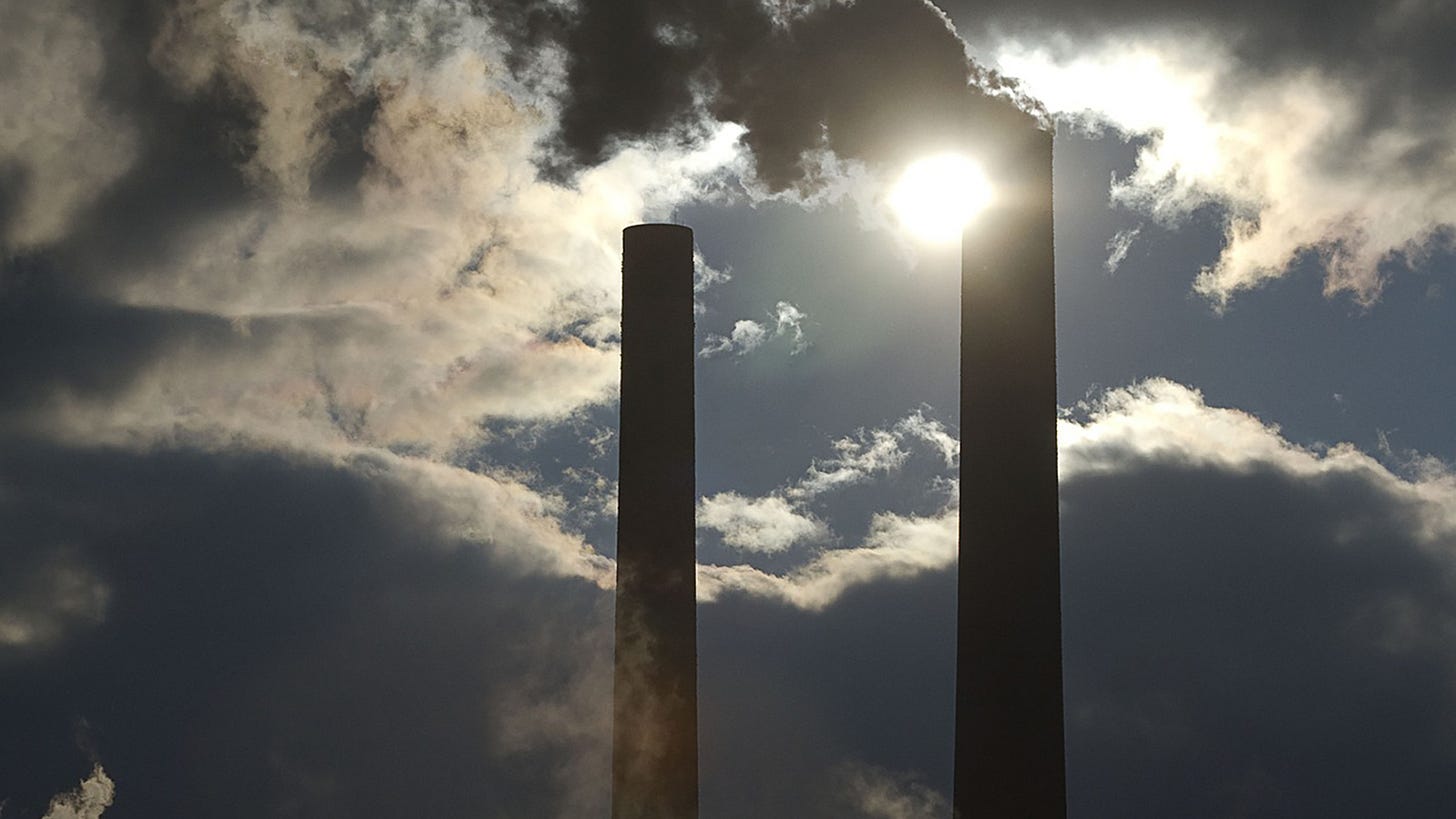Scoop: A look at Stardust, a secretive Israeli-US company that wants to make geoengineering profitable
Welcome to Ramin’s Space, the newsletter from science writer and editor Ramin Skibba. You can read more about the newsletter here. If you like it, please consider subscribing and sharing this post.
How One Company Wants to Profit from Geoengineering
Stardust, an Israeli-US startup, is the only company in the world trying to patent geoengineering tech. They’re working on developing tiny particles they can spray into the atmosphere, in the hopes of temporarily cooling the planet, and if the US or another government pursues solar geoengineering, Stardust and its investors will become rich, as they’ll then be in control of technologies that will be needed globally decades.
Nobody knows much about this company though, and possibly in response to my reporting, Stardust finally released a public website a couple weeks ago. It’s a start, but there’s little information there. In my opinion, geoengineering comes with many risks and unknowns, and I hope humanity doesn’t go down that path. We already know how to mitigate climate change right now, though time is running out. But if geoengineering were to become a reality, for better or worse affecting everyone on Earth, do we want an opaque private company in charge of the technology?
I enjoyed doing some investigation here, in my latest feature for Undark magazine, and I hope you all find it interesting to read. It follows this previous piece, overviewing the state of geoengineering research and politics today.
I should note that Stardust has no direct connection to the Israeli military or any Israeli government agency. That said, its biggest investor is a venture capital firm whose partners and advisers have strong ties to Israeli and US military and intelligence agencies, and it invests in surveillance and security tech in Israel, including tech that has been used in Israel’s war in Gaza. One of my sources suggested to me that if Stardust pushes boundaries, it may help that it’s based in a country that has enjoyed a privileged position with respect to international norms, having resisted disclosing its possession of a nuclear arsenal for decades, for example, and having tested new weapons in war. That’s just speculation though, and Stardust’s secrecy may simply involve not wanting any potential rival copying their R&D and thereby taking away their competitive edge. That would be an understandable perspective for many businesses, but the result is that the public doesn’t know much about a company whose activities are of great public import.
In other writing…
The Fault of Time, an essay by Erica Berry in Emergence magazine
The Languages Lost to Climate Change, by Julia Webster Ayuso in Noema magazine
Where the Savior Fish Still Swims, by Shanna Baker, with excellent photography too, in bioGraphic magazine
Horrific Surrealism: Writing on Migration, a compelling excerpt from Viet Thanh Nguyen’s upcoming book, To Save and to Destroy: Writing as an Other. Also in The Paris Review, I thought this was an interesting take on the Colorado River Water Users Association conference, by Meg Bernhard.
Do Not Be Bamboozled By The New Fluffy Mouse, a good take by Sabrina Imbler in Defector on so-called “woolly mice”
What I’m reading: By The Fire We Carry, by Rebecca Nagle, about the Cherokee Nation, court battles, and tribes’ continuing struggle for sovereignty. It seems particularly timely now, considering Trump’s recent attacks on the sovereignty and self-determination of federally-recognized tribes.
Looking back: Eight years ago, I wrote about Trump’s attack on the social cost of carbon, a crucial climate-related metric, in Slate, and then I assessed the situation again four years ago for Undark magazine during the Biden administration. It’s worthwhile to revisit it, as Trump and Lee Zeldin at the EPA seek to undermine that metric and even the endangerment finding, a critical environmental rule that supports numerous clean air regulations and climate policies.
More about me: I’m a science writer, editor, and journalist based in the Bay Area. I was WIRED magazine’s space writer until December 2023, and before that I worked as a freelance writer and an astrophysicist. You can find me at my website, raminskibba.net, and on Twitter and Bluesky. I’m also former president of the San Diego Science Writers Association (SANDSWA) and on the board of the National Association of Science Writers (NASW), though the opinions I express are mine alone. If someone has forwarded this email to you, you’re welcome to subscribe too.



